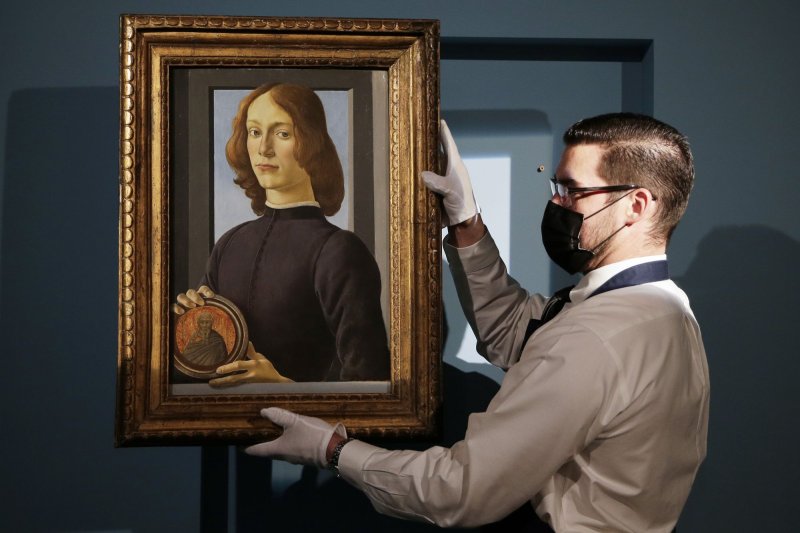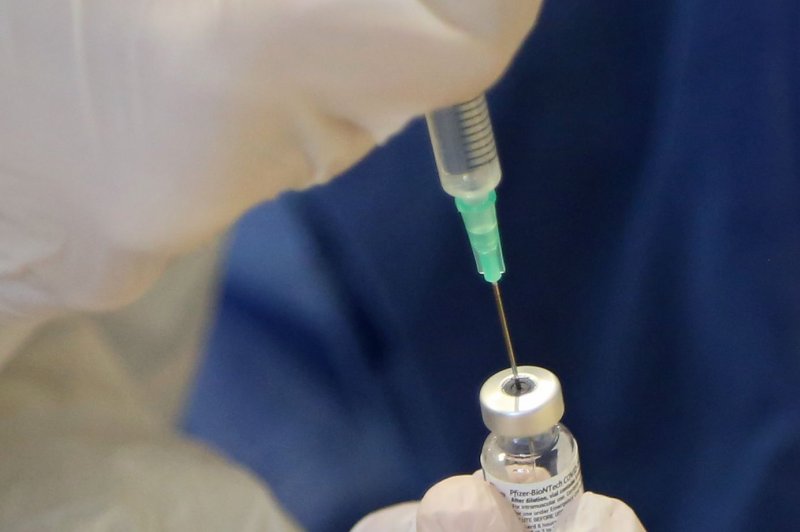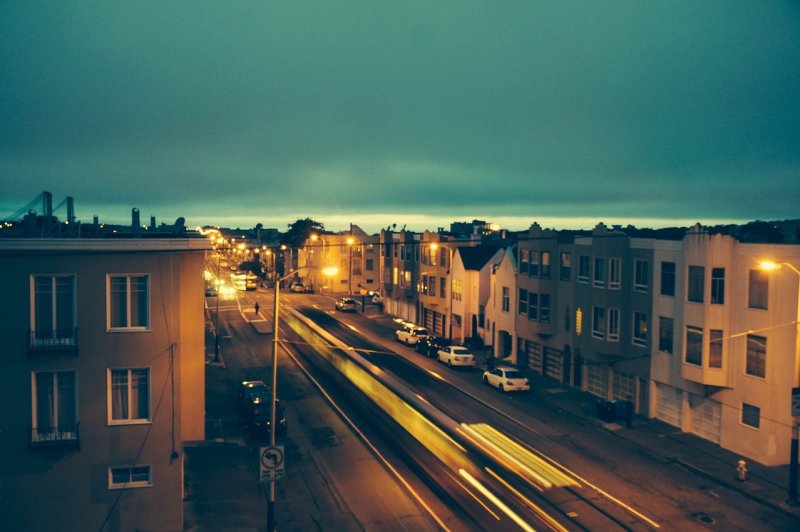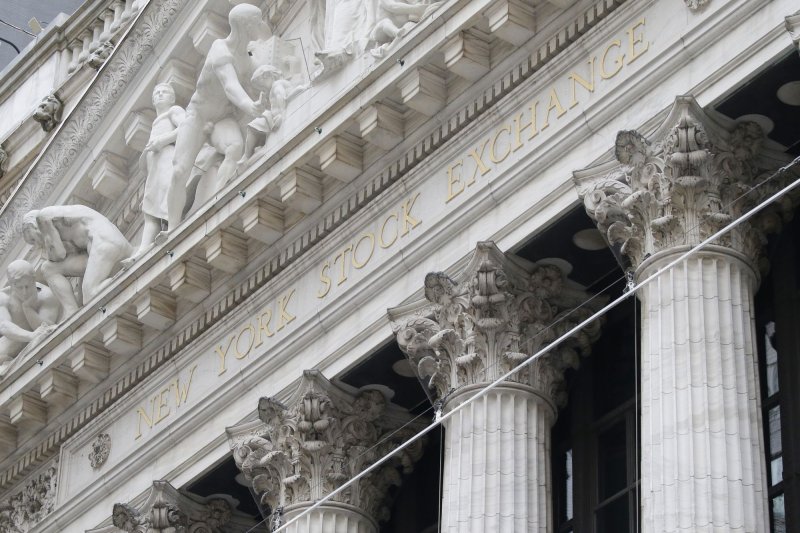S.C. Senate passes controversial fetal heartbeat law
Jan. 28 (UPI) -- Lawmakers in the South Carolina state Senate on Thursday passed a bill to ban most abortions, sending it to the Republican-controlled House were it is expected to pass but its fate is in doubt as it will likely face lengthy litigation if it becomes law.
The state's Republican governor, Henry McMaster, said he intends to sign the controversial South Carolina Fetal Heartbeat Protection from Abortion Act "immediately" into effect if it lands on his desk.
"We're closer than we've ever been to passing into law the most comprehensive pro-life legislation our state has ever seen," McMaster tweeted after the bill passed the state's Senate. "It's off to the House of Representatives now, where we have great leaders who I know will fight for life."
The bill prohibits a doctor under threat of felony charges and a two-year prison sentence from performing an abortion after the heartbeat of a fetus has been detected, which generally occurs between six and eight weeks after conception and before most people know they are pregnant.
And on Thursday, it passed the state Senate 30-13 with three lawmakers in absence.
"Thank you S.C. Senate for finally passing the Fetal Heartbeat Bill!" tweeted Pamela Evette, the lieutenant governor of South Carolina, who said she looks forward to standing by McMaster's side when he signs it into law. "This is truly a great day for life in South Carolina."
Several states have passed similar fetal heartbeat bills, which have been tied up in the courts. In February, an appeals court struck down Mississippi's heartbeat bill banning abortions after the 15th week of pregnancy, stating that since cardiac activity can be detected before the fetus is viable, the law couldn't stand.
Jan. 28 (UPI) -- Lawmakers in the South Carolina state Senate on Thursday passed a bill to ban most abortions, sending it to the Republican-controlled House were it is expected to pass but its fate is in doubt as it will likely face lengthy litigation if it becomes law.
The state's Republican governor, Henry McMaster, said he intends to sign the controversial South Carolina Fetal Heartbeat Protection from Abortion Act "immediately" into effect if it lands on his desk.
"We're closer than we've ever been to passing into law the most comprehensive pro-life legislation our state has ever seen," McMaster tweeted after the bill passed the state's Senate. "It's off to the House of Representatives now, where we have great leaders who I know will fight for life."
The bill prohibits a doctor under threat of felony charges and a two-year prison sentence from performing an abortion after the heartbeat of a fetus has been detected, which generally occurs between six and eight weeks after conception and before most people know they are pregnant.
And on Thursday, it passed the state Senate 30-13 with three lawmakers in absence.
"Thank you S.C. Senate for finally passing the Fetal Heartbeat Bill!" tweeted Pamela Evette, the lieutenant governor of South Carolina, who said she looks forward to standing by McMaster's side when he signs it into law. "This is truly a great day for life in South Carolina."
Several states have passed similar fetal heartbeat bills, which have been tied up in the courts. In February, an appeals court struck down Mississippi's heartbeat bill banning abortions after the 15th week of pregnancy, stating that since cardiac activity can be detected before the fetus is viable, the law couldn't stand.
"The fight is not over," the American Civil Liberties Union of South Carolina said Thursday. "We won't stop until every pregnant person has the opportunity to make a real decision and the ability to get the care they need."
Susan Dunn, legal director with the ACLU of South Carolina, wrote earlier this month that not only does the law's threat of prosecution conflict with a doctor's responsibility to treat a patient for the care they need but it's unconstitutional under the 14th Amendment, which guarantees a right to privacy.
"The United States Supreme Court has repeatedly reaffirmed that this right includes a person's ability to make decisions about their healthcare," she wrote Jan. 13 on the ACLU website in a post arguing against the South Carolina law. "Instead of pursuing this unconstitutional and dangerous legislation, legislators should be focused on increasing access to reproductive healthcare and reducing pregnancy-related mortality."
The South Carolina Senate Democratic Caucus said South Carolina state Republicans' passing of the law was political theater, done "to appease extremists."
"Forcing this blatantly unconstitutional bill through the legislative process to score political points, while 6,000 of our own have lost their lives to a pandemic that is still raging on, is hypocritical and deeply immoral," the caucus said in a statement. "We hope now, finally that they feel that have appeased their party leaders and extremist campaign donors, the South Carolina Senate Republicans will allow us to move on to real issues that need our attention, such as vaccine distribution, saving our small businesses and public education."
Shane Massey, the Republican Senate majority leader, said passing this bill has been a priority for his party.
"Passage of the heartbeat bill will save thousands of innocent pre-born lives in our state and strikes an appropriate balance that we feel will stand up to court scrutiny," he said.
upi.com/7071717














